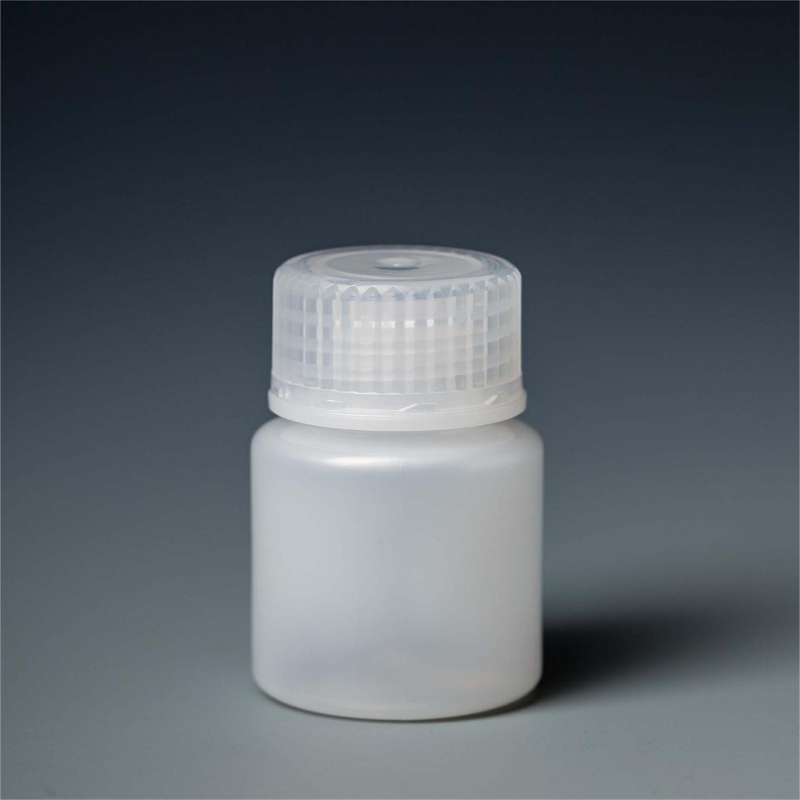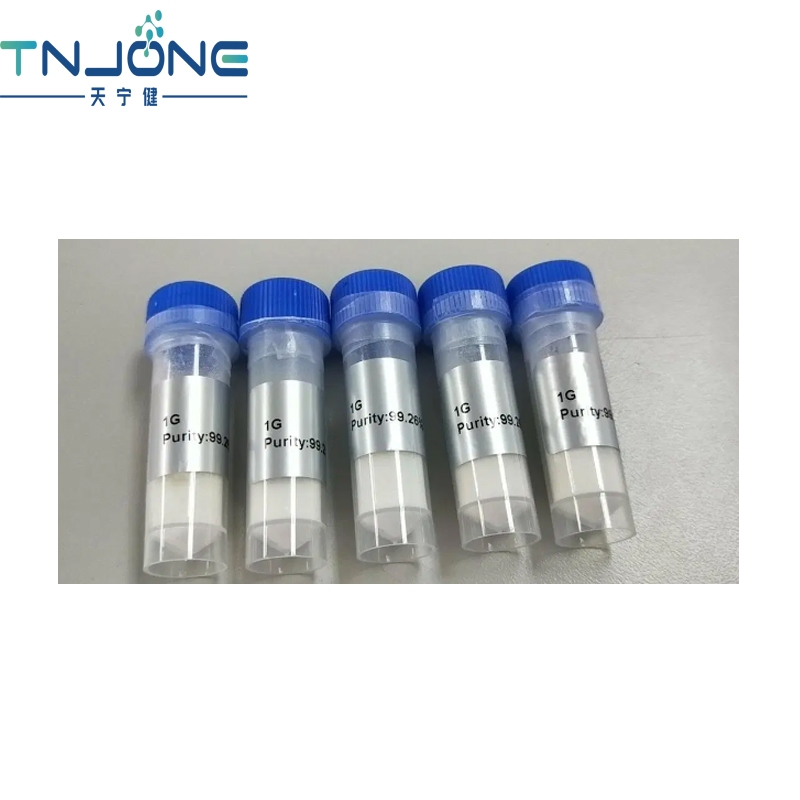-
Categories
-
Pharmaceutical Intermediates
-
Active Pharmaceutical Ingredients
-
Food Additives
- Industrial Coatings
- Agrochemicals
- Dyes and Pigments
- Surfactant
- Flavors and Fragrances
- Chemical Reagents
- Catalyst and Auxiliary
- Natural Products
- Inorganic Chemistry
-
Organic Chemistry
-
Biochemical Engineering
- Analytical Chemistry
-
Cosmetic Ingredient
- Water Treatment Chemical
-
Pharmaceutical Intermediates
Promotion
ECHEMI Mall
Wholesale
Weekly Price
Exhibition
News
-
Trade Service
iNature
of the transcriptome and proteome.
This process is tightly regulated in different tissues, cell types, and stages of differentiation, but its deregulation can lead to the development of
tumors or immune-related diseases.
On October 21, 2022, the team of Lai Yuping of East China Normal University and the team of Dong Chen of Tsinghua University/Shanghai Jiao Tong University published an online publication entitled "IL-17D-induced inhibition of DDX5 expression in keratinocytes amplifies" in Nature Immunology (IF=31).
IL-36R-mediated skin inflammation", which found that RNA helicase DDX5 was downregulated in keratinocytes derived from patients with atopic dermatitis and psoriasis, and DDX5 (Ddx5∆KC was specifically absent from keratinocytes of mice are more likely to develop skin inflammation
.
The cytokine interleukin (IL)-17D induces inhibition of DDX5 expression in keratinocytes by activating the CD93-p38 MAPK-AKT-SMAD2/3 signaling pathway and leads to messenger preRNA splicing events, favors the production of membrane-bound intact IL-36 receptors (IL-36R), sacrifices soluble IL-36R (sIL-36R), and selectively amplifies IL-36R-mediated inflammatory responses and skin inflammation
。 In Ddx5∆KC mice with experimental atopic dermatitis or psoriasis, recovery of sIL-36R inhibited skin inflammation and reduced disease phenotypes
.
These results suggest that regulation of DDX5 expression by IL-17D controls inflammation
of keratinocytes in inflammatory skin diseases.
Alternative splicing contributes to the diversity
of the transcriptome and proteome.
This process is tightly regulated in different tissues, cell types, and stages of differentiation, but its deregulation can lead to the development of
tumors or immune-related diseases.
Atopic dermatitis (AD) (also known as genetic allergic dermatitis) and psoriasis are clinically independent inflammatory skin diseases
.
AD is strongly driven by helper type 2 T cells (TH2 cells) and is associated with overproduction of IL-4 and IL-13, while psoriasis is primarily driven by TH17 cells and is associated with
IL-17 activation.
Although the abnormal response of keratinocytes to T cell-derived cytokines is an inherent feature of AD and psoriasis pathology, whether they have a common mechanism for regulating keratinocyte inflammation is unclear
.
Deep RNA sequencing (RNA-seq) and high-throughput genome-wide transcriptome analysis of the skin of healthy controls and AD or psoriasis patients showed that AD and psoriasis had similar variable splicing transcripts
in skin lesions.
Analysis of splicing features suggests that multiple candidate splicing factors, including HNRNPA1, U2AF1, and DDX5, may be responsible for
alterations in AD and psoriasis RNA splicing.
Among these splicing factors, the DEAD (AspGluAlaAsp) box (DDX), RNA helicase DDX5, regulates multiple aspects of RNA biogenesis by untangling or disrupting the stem-loop structure of genes to promote splice factor binding to splicing sites, and is associated with
human disease.
Downregulation or deletion of DDX5 causes male infertility by altering the alternative splicing pattern of multiple genes during sperm formation, while in breast cancer, high expression of DDX5 drives tumor development
by regulating alternative splicing of H-Ras or mH2A1.
DDX5 also promotes the proliferation of vesicular stomatitis virus by promoting RNA decay of antiviral transcripts in mouse embryonic fibroblasts and nuclear output of transcripts DHX58, p65, and IKKγ
.
DDX5 is predicted to be a common biological factor that inhibits viral replication in erythroderma and chronic plaque psoriasis, and genetic variation at the DDX5 locus predisposes individuals to asthma, an atopic disease associated with AD.
DDX5 regulates the expression of IL-36R in keratinocytes and AD (Figure from Nature Immunology) Keratinocytes respond to the IL-17 cytokine family, such as IL-17A, IL-17C, IL-17E (also known as IL-25) and IL-17F, contributing to the cycle of inflammation and cell proliferation, leading to epidermal hyperplasia and lesion formation in AD and psoriasis
。 IL-17A activates the IL-17RA-IL-17RC complex or IL-17RC-IL-17RD complex to induce keratinocyte proliferation and chemokine expression, such as CXCL1 and CCL20, recruiting neutrophils, TH17 cells, or γδ T cells
in psoriasis lesions.
IL-17E activates IL-17RB-STAT3 signaling in keratinocytes, drives psoriasis skin inflammation or IL-17RA-IL-17RB complex, induces keratinocyte differentiation and IL-4 and IL-13 expression
in AD21.
IL-17C and IL-17F also induce keratinocyte proliferation and inflammatory cytokine production
in psoriasis.
IL-17D, the least known member of the IL-17 family, regulates intestinal homeostasis through the receptor CD93, but the role of IL-17D in skin inflammation is completely unknown
.
To determine whether DDX5 dysfunction or dysexpression plays a role in the spread of skin inflammation, the researchers analyzed DDX5 expression in AD and psoriasis and generated mice with conditional knockout DDX5 in keratinocytes
.
The study found that inhibition of DDX5 expression in keratinocytes downstream of IL-17D signaling amplified skin inflammation by pre-mRNA splicing that controlled IL-36R, which in turn increased IL-36R expression and amplified IL-36R-mediated skin inflammation
.
Informational message:
style="margin-right: auto;margin-left: auto;outline: 0px;width: 30px;display: inline-block;">
—END—
The content is 【iNature】







